News
How to choose screw air compressors
Choosing an air compressor can leave you feeling lost if you don't know what to look for. That's because air compressors power a wide range of tools over a wide range of applications. In order to get your air supply right, you'll want to arm yourself with the right knowledge. Here's how to do just that.
Analyze the requirements of the equipment that you will be powering. Are you going to be using the compressor to power machinery or to power pneumatic tools or to simply inflate a tire? You'll probably want a compressor with a tank if you plan on using tools that require high flow. You may want a portable compressor without a tank if you plan on merely using it for air brushing or filling a tire. Since there is no tank to store the compressed air the tankless type will run continuously, which usually isn't an issue since they are usually quite small and therefore make minimal noise.
In particular, consider pressure and volume requirements of any tools you may be using. Obviously, heavy-duty tools require much more pressure and, in turn, more volume. If you fail to choose a compressor that's large enough for your intended use, you will find yourself periodically waiting for the tank to fill up, thereby decreasing your work efficiency.
If the portable air compressor is for airbrushing, for example, 5 liter (1.3 US gal) a small tank capacity and around 30 psi of sustained air pressure would be adequate.

2. Understand the types of compressor available.
Essentially, there are two different kinds of air compressors: reciprocating and rotary screw. The most common type you'll likely see for sale somewhere is the reciprocating piston type. It has a cylinder with a piston that moves up and down and a one-way valve on top of the moving piston. Some air compressors utilize a dual piston setup for higher flow and/or pressure. The other type of air compressor is the rotary screw. These are designed for continuous use and are often used with tools that run for several seconds (or minutes) at a time, such as impact wrenches and jackhammers, and in industrial applications.
Piston compressors come in single-stage and two stage. Single-stage tops out at about 150 psi. Two-stage compressors use two pistons usually of different size to deliver around 200 psi. The larger piston compresses air to about 100 psi and the second piston compresses that air to near 200 psi. Be aware that a single stage compressor may have two pistons but it is still considered a single-stage, because the second piston will be the same size and only maxes out around 150 psi. The benefit of this design is that it compresses air quicker than a single piston compressor. Just because an air compressor has dual pistons doesn't mean it's a two-stage compressor.
Single-stage compressors are adequate for powering most pneumatic tools, caulk guns, spray guns, glue guns, and of course as well as for inflating tires and rafts. Dual piston, whether single or two-stage, compressors are more often used when owners expect higher usage.
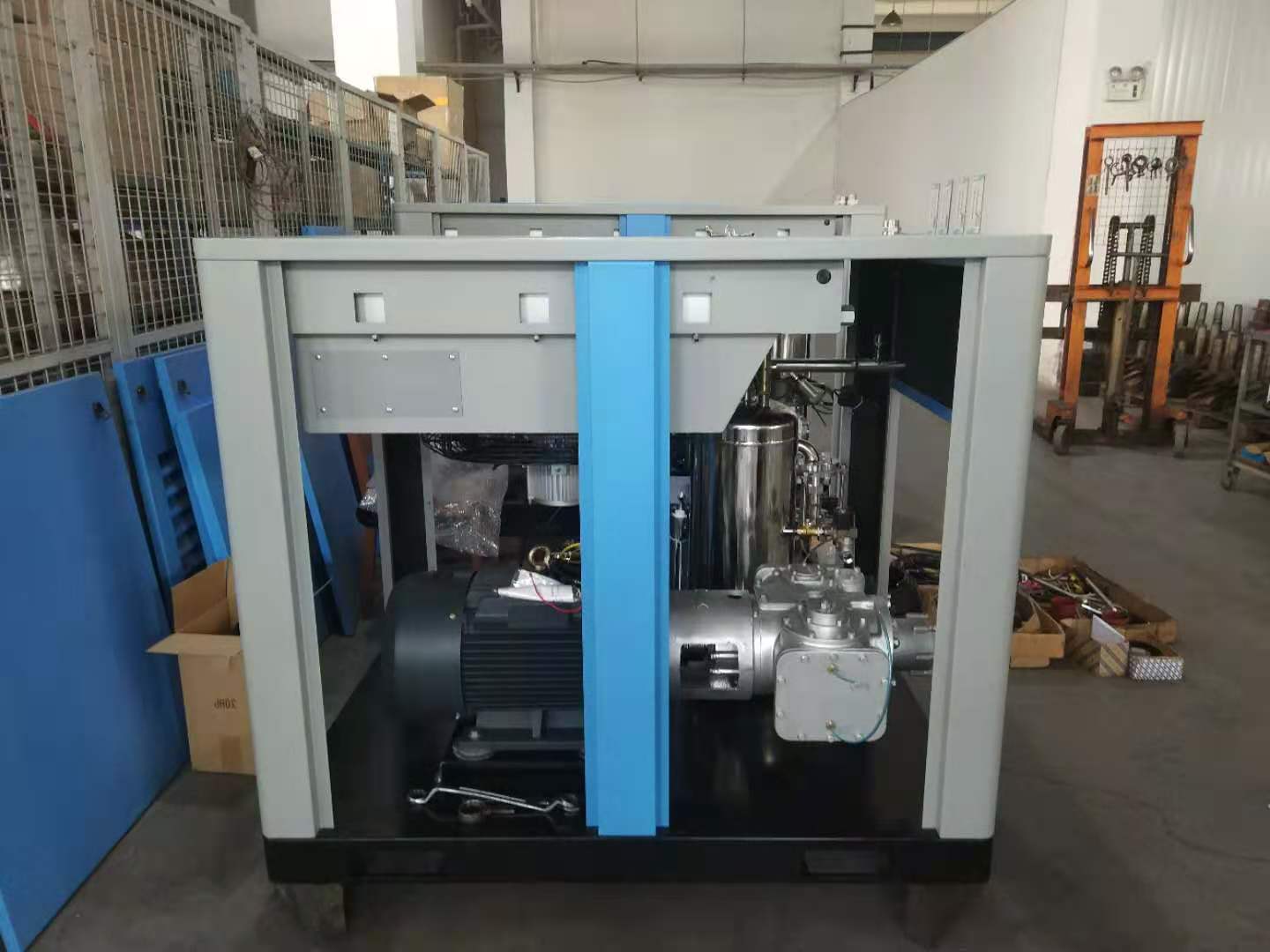
Categories
Contact Us
- +86-17301863604
- +86-21-59989099
- +86-17301863604
- aircompressor01@outlook.com
- susansusan258
- +86-15800773412
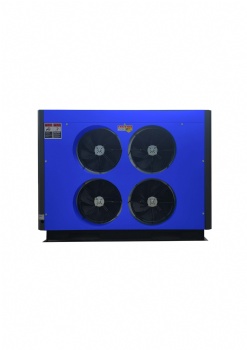
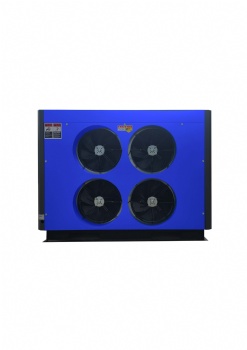
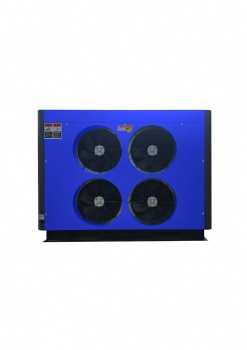
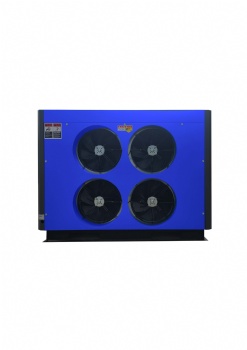
 售前客服
售前客服